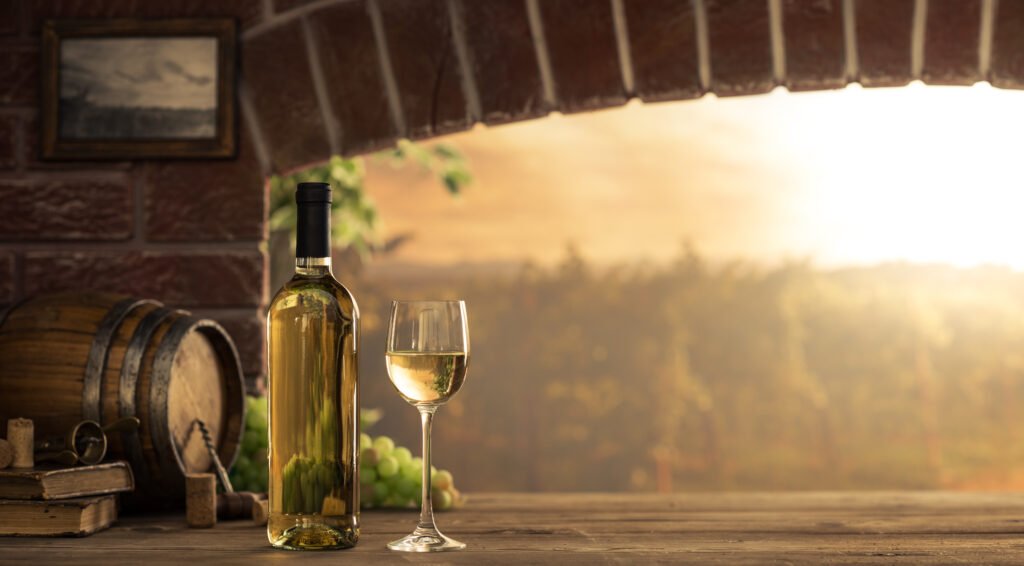The wine tasting is not simply a pleasure to contemporary; it has been a tradition rooted in various cultures throughout history. From ancient civilizations to our days, the wine has been a companion inseparable part of the celebrations, the cuisine and the daily life.
In the Greek and roman civilizations, wine was considered a gift from the gods. The tasting was not only a social act, but also spiritual. Learn to observe the color and aroma of the wine was part of the education of a citizen cultivated. During the Middle Ages, the european monasteries became the centers of wine production. The monks have refined the techniques of cultivation of grapes and winemaking. The tasting became a monastic practice, incorporating elements of spirituality and appreciation for the earth.
In the TWENTIETH century, the wine industry experienced a revolution in the New World, with regions such as California, Chile and Australia gaining global recognition. The tasting became an exploration of new varieties and styles, defying the european traditions. Today, wine tasting has become a global activity. The technological revolution has facilitated access to information about wines from all over the world. Wine lovers can explore and enjoy the different varieties and styles like never before.
Every sip is a unique sensory experience that allows us to appreciate the complexity and diversity of the wines. If you are a fan of wine or you are just starting to explore this fascinating world, here are some tips to get the most out of tasting different types of wine.
- Prior to testing, observe the colour of the wine. Tilted the cup toward a white background and appreciate the hue and intensity of color. This will give you clues as to the age and the type of grape used.
- Gently turn the cup to release the aromas and immerse yourself in the bouquet. Identifies the nuances of fruity, floral or spicy. The aromas can reveal a lot about the quality and complexity to the wine.
- The body of the wine refers to its texture, and weight in the mouth. Some wines are light and fresh, while others are more robust and structured. Make a pause after each sip to appreciate the body of the wine on your palate.
- Do not hurry. Sipping the wine slowly, allowing your taste buds to capture every nuance of flavor. Discover the layers upon layers of flavor that unfold as the wine evolves in your mouth.
- Tasting wine is enhanced when it is combined with suitable food. Experiment with pairings to highlight both the flavors of the wine as food. Sometimes, the right combination can completely transform the experience.
- The temperature of the wine significantly affects its taste. Be sure to serve wine at the temperature recommended for each type. The white, rosé and red wines have different requirements.
- The shape and size of the glass can affect the tasting experience. Use wine glasses designed specifically to highlight the unique characteristics of each type of wine.
- Do not limit yourself to only one type of wine. Explore different grape varieties and wine regions. Each place and grape brings its own personality to the wine, offering a rich variety of flavor profiles.
- Keep a journal of tasting to record your experiences. Write down the wines that test, its characteristics, and your impressions. This will help you develop your palate and remember your preferences.
- The wine tasting is a journey of discovery. Enjoy the process, learn from each experience, and don't be afraid to try new things. The diversity of the wine world is infinite.
Currently, the wine tasting is presented as a bridge between the past and the present. Each cup is a testimony of the master of wine passed down from generation to generation, and an opportunity to explore the diversity of flavors that the wine world has to offer.
By following the advice for the wine tasting, you immerse yourself not only in the pleasure of the present, but also in a rich tradition that has endured throughout the centuries. The observation of color, the appreciation of the aroma, the connection with the roots geographical every aspect of the wine tasting is a tribute to the history of wine and to those who have cultivated with passion.
So, when you raise your cup, you provide not only for the wine that you have in front of you, but for the centuries of knowledge and experience that have contributed to making the wine tasting an art timeless. Cheers to the richness of flavors, the connection to history and to the perpetual celebration of this elixir of humanity!

